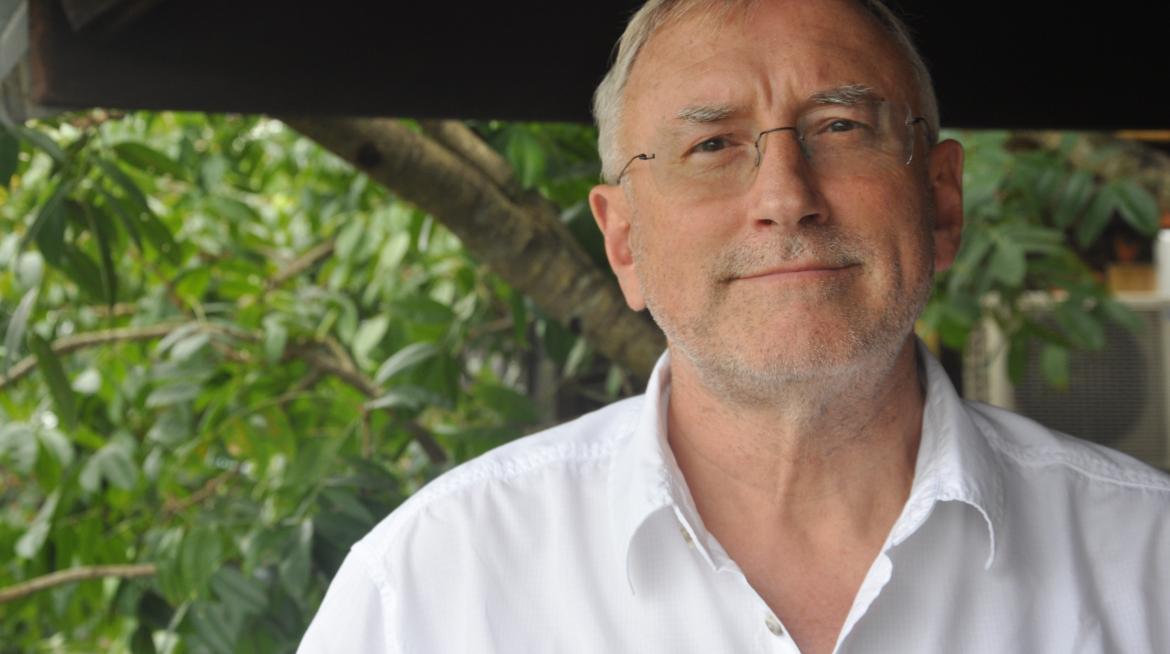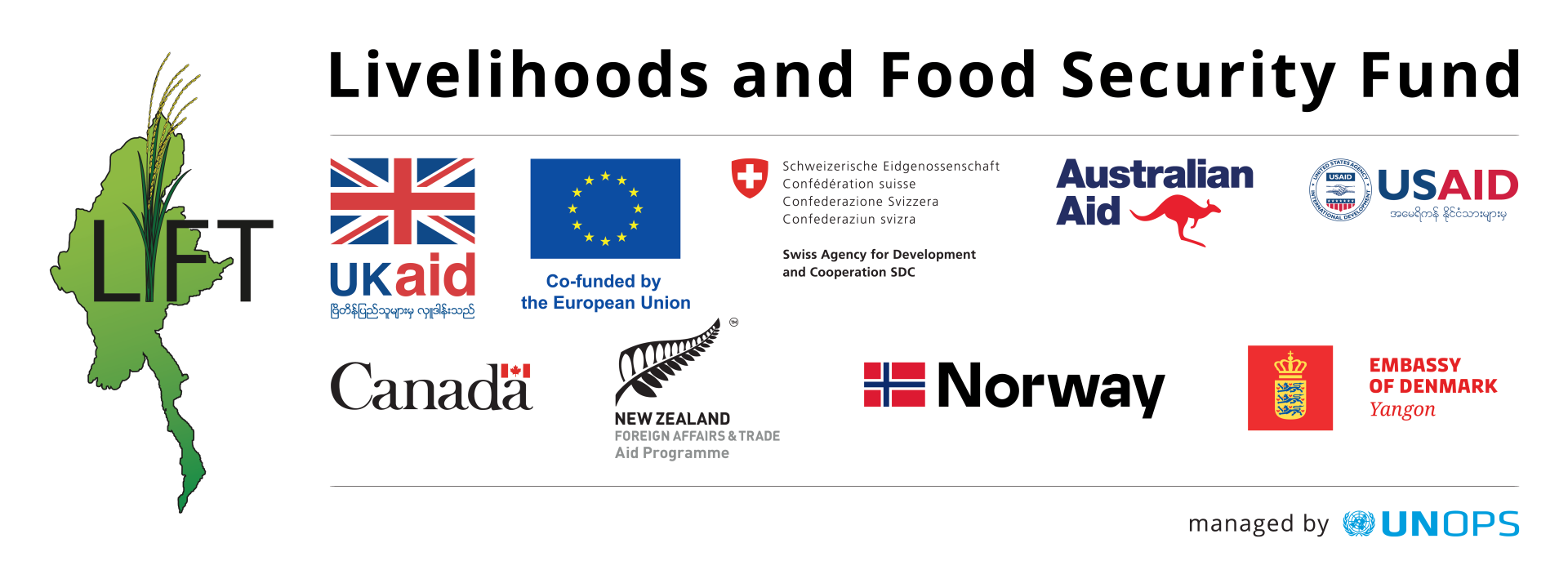
The Dry Zone results framework working groups have met several times this month, and there are more meeting minutes outlining their progress on the resources page.
For the past two weeks, LIFT's Fund Management Office has had the benefit of Fund Board member Mike Wales’ presence to guide the process. In this brief interview, Mike puts the Dry Zone Programme’s design and consultation process into context and tells us about next steps:
Why a new Dry Zone programme?
Mike Wales: Over the last four years, LIFT has been funding programmes across Myanmar. There are currently 42 projects operating in 107 townships. It has reached around 2.5 million people.
Following a substantial increase in the resources provided to the Fund by its donors, the LIFT Fund Board decided to go ahead with preparing a new programme that would target the Dry Zone. LIFT already has 16 projects in the Dry Zone and, through its IPs, has accumulated quite a lot of experience in the area. The new Dry Zone Programme (DZP), to which US$50 million has been earmarked over the period to end 2018, will provide an opportunity to deliver results on the ground in line with LIFT’s new strategy. The four key results (outcomes) that LIFT wants to achieve are: increased incomes of rural households, increased resilience, improved nutrition of women, men and children, improved policies and effective public expenditure for pro-poor rural development.
How is the DZP being designed?
MW: The Fund Board decided to adopt a less prescriptive design process than before, allowing potential partners to respond with proposals to a broad set of results rather than being asked to implement a ‘blue print’ design. LIFT has decided to operate in six townships in Mandalay and Magway Regions.
LIFT is determined that the planning process should be open, transparent and collaborative, with all the material and notes from consultations placed on the LIFT web site. It has launched the design work by holding a series of open consultations with interested partners in order to agree on the most important outcomes that should be targeted. A wide range of partners have participated in different working groups on crops, livestock, water, social protection and financial inclusion.
LIFT is also committed to following a more active partnership role in the design and implementation of the DZP. This means not only engaging with potential partners throughout the design process, but also engaging in the implementation through setting up a sub-FMO office in the Dry Zone that would oversee implementation, support M&E and lead the engagement with townships.
The synthesis of the deliberations will form part of a ‘Call for Concept Notes’ that will go out shortly. This is the first part of the process and, for potential partners short-listed, will be followed by the preparation of full proposals. Throughout this process the FMO will actively engage with interested bidders and support them by providing access to all available documentation about the project area and Dry Zone.
A crucial new part of the design process is the systematic engagement with township authorities. This will involve both the Fund Manager’s Office and interested partners. It will provide us all with an opportunity to better understand the constraints, opportunities and priorities at the township level as well as practical issues such as the selection of agreed villages for the programme.
What is LIFT expecting from partners?
MW: We look forward to a strong response from potential partners in this exercise – not just existing LIFT IPs, but also others that have not so far partnered with LIFT. We expect each interested party to identify clearly which of the stated DZP outcomes it will address and which townships it would operate. Full proposals would be expected to contain clear evidence of the feasibility of the activities proposed, drawing at least on LIFT’s own experience. They would also need to demonstrate that activities represent good ‘value for money’, which means, wherever possible, making a comparison between alternative ways of delivering a particular result.
What is the time scale for this?
MW: The launch of the DZP ‘Call for Concept Notes’ is expected in November, with short-listing of CNs in early January. Consultations with townships and dialogue on the scale and scope of the overall programme would be undertaken during November and December, and the request for full proposals would be issued by the end of January. Our hope is that the discussion of proposals with potential partners would be concluded during the first quarter of 2015 and the DZP formally launched by April 2015.


